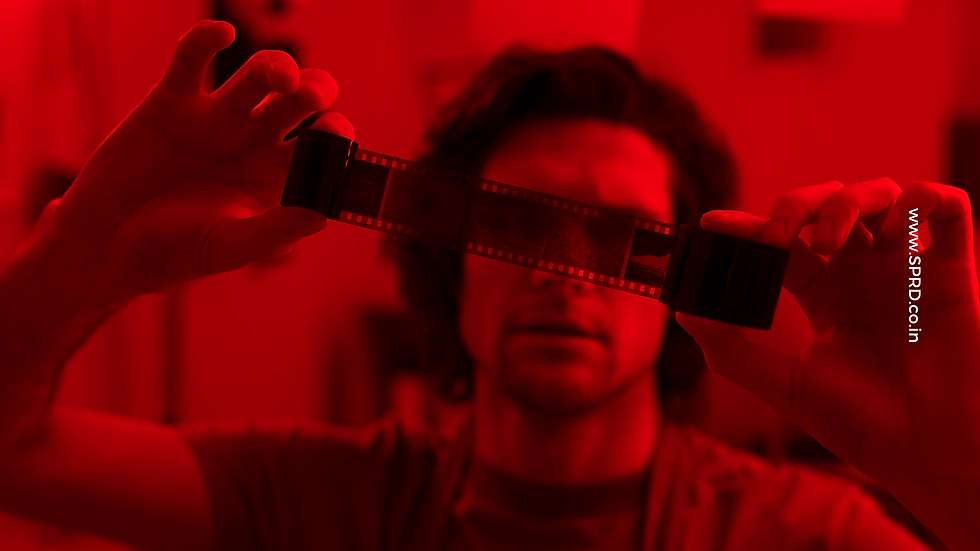The New PR Playbook: From Performance PR to People-First Communication
- SPRD

- Jun 23
- 3 min read
Updated: Jul 22
Crafting the perfect press coverage is easy. Shaping public opinion? Not so much. You can buy front-page ads, charm journalists, and rack up awards, yet face the wrath of social media. In 2025, shiny headlines don’t guarantee public approval. In fact, the louder you are out there, the more you are accountable for answers.
So why does the disconnect happen? Why do some brands win in the press but lose in the public eye? In this blog, we bridge that gap with a real-world case study and smart, actionable strategies to help you build not just visibility but credibility.
PR often focuses on visibility: announcing product launches, celebrating milestones, or highlighting CSR efforts. These stories get picked up by traditional media and circulated across news platforms. However, the public, especially online audiences, is no longer satisfied with polished narratives. They look beyond headlines, scrutinising real behaviour, customer experience, company values, and how a brand responds to controversy or criticism.
The result? The media may tell one story, but people believe what they see and feel. And if those two don’t align, trust erodes — fast.
Tanishq – When Inclusivity Sparked Controversy
Press Coverage:
Tanishq, a premium jewellery brand under the Tata Group, launched its 2020 “Ekatvam” campaign — a beautifully shot ad celebrating interfaith harmony through a baby shower hosted by a Muslim family for their Hindu daughter-in-law. The campaign received praise from marketing circles and mainstream media for its progressive message and storytelling.
Public Perception:
Despite the positive press, the public reaction was sharply divided. The ad sparked outrage on social media, with some accusing the brand of promoting “love jihad” — a politically charged narrative. The backlash was swift and severe, forcing Tanishq to pull the ad and issue a statement clarifying its intent.
The Gap:
While the media celebrated the ad’s creative and cultural sensitivity, large parts of the public perceived it through a politicised, emotional lens. Tanishq’s decision to withdraw the ad also drew criticism from those who had supported it, leading to a loss of goodwill on both sides.
Lesson:
Even the most well-intentioned campaigns can misfire if a brand doesn’t anticipate public sentiment or stand firmly behind its messaging. Press coverage builds awareness, but trust requires courage and cultural intelligence.
To close the disconnect between media messaging and audience sentiment, brands need to shift from performance PR to people-first communication.
Listen Before You Speak
Use social listening tools, customer feedback, and sentiment analysis to understand the conversations happening outside the room. Don’t rely solely on media coverage as a measure of success; listen to what your audience is saying on platforms like Twitter, Reddit, Instagram, and WhatsApp groups.
Align Internal Reality with External Messaging
Ensure your public image reflects the actual experiences of customers, employees, and partners. For example, promoting inclusivity in the media means little if workplace culture or customer service tells a different story. PR should amplify truth, not mask gaps.
Be Transparent
In a reputation crisis, silence or deflection erodes trust. Address issues openly, take responsibility, and share next steps. Audiences today value honesty over perfection. Owning up to mistakes builds credibility.
Engage, Don’t Just Broadcast
Focus on two-way communication — respond to comments, acknowledge criticism, and involve your community in the conversation. Highlight real voices: employees, users, social partners. These carry far more weight than top-down messaging.
Think Long-Term
PR shouldn’t just aim for headlines; it should reinforce reputation over time. Stay consistent with your brand values, even when it's not the popular move. Reputation is built slowly and lost quickly.
In a world where headlines are fleeting but public memory is sharp, brands must realise that good PR is only half the equation. Visibility without credibility creates noise, not trust. As consumers grow more informed, socially aware, and vocal, they expect brands to not just say the right things, but do them consistently.
In the end, reputation isn’t built in press releases — it’s built in the spaces between what a brand says and what it actually does. Close that gap, and you don’t just earn attention, you earn belief.
Psst! This blog was created after a lot of thought by a real person. #NoGenerativeAI




Comments